This photograph is a common shot of old St. Paul’s at Congress and Shelby, but most often the buildings in the background have been cropped out. Sitting next door is the Detroit Gaslight Company which was co-founded by Theodore H. Eaton, senior warden of St. Paul’s until his death.
“The lighting of the streets of Detroit by public lamps was first discussed in 1827,
and on March 12 a committee of the Common Council reported in favor of lighting Jefferson Avenue. Nothing further was done until May 21, 1834, when a council committee reported in favor of lighting the avenue from Cass to Randolph Street. They presented the following estimate: “Twenty lamps, including posts, at $5; three quarts of sperm oil per night, seventy five cents; total cost per year, $262.50.” On January 2, 1835, the committee was ordered to carry into operation the plan, and on the 29th James Delaney was appointed lamplighter at $10 per month. On February 19, forty lamps were ordered, and soon after an ordinance in regard to public lamps was passed; but both lamps and ordinance “went out” in about three months, and again darkness reigned.
On March 14, 1849, the City of Detroit Gaslight Company was incorporated. The company was slow in its operations, and on March 8, 1851, was re-organized under the title of the Detroit Gaslight Company. The work was now successfully prosecuted, and on September 24, 1851, the streets, for the first time, were lighted with gas. The works were on the north side of Woodbridge Street west, between Fifth and Sixth Streets. In 1867 new works were erected at the foot of Twenty-first Street, and gas was first supplied from there on September 27 of that year. In 1871 additional works at the corner of Chene and Franklin Streets were completed. Up to 1881 nearly fifty miles of street pipe had been laid by this company. The Mutual Gaslight Company was incorporated in 1871, and re-organized in 1878 as the Mutual Gas Company. Its works are in Hamtramck, just outside of the city. They went into operation on November 26, 1872, In 1881 the company had nearly sixty miles of street pipe.
The two companies engaged in a lively competition for several years, but after July, 1877, by agreement between the companies, the Detroit Gas Company supplied gas only to consumers on the west of Woodward Avenue, and the Mutual only to persons on the east of Woodward Avenue. The increasing demand for gas is shown in the fact that in 1860 the Detroit Gaslight Company produced only 26,892,000 cubic feet. In 1870 the amount produced reached 85,427,000 cubic feet, and in 1880 the combined product of the Detroit and Mutual Companies amounted to 162,775,000 cubic feet, the two companies in that year consuming about twelve thousand tons of coal and five hundred thousand gallons of naphtha.
Street lamps lighted by the use of naphtha were introduced on July 12, 1877. The lamps were put up and supplied under contract with the Michigan Gaslight Company. In 1878 naphtha lamps exclusively were used. On January 1, 1884, there were in use 1,929 gas lamps and 1,743 naphtha burners.
History of Detroit and Wayne County and early Michigan: a chronological By Silas Farmer
Mr. Eaton became identified with the first gas company of Detroit. In fact he was one of its organizers in 1852, the business being carried on under the name of the Detroit Gas Light Company. He held a large amount of stock in this enterprise until the plant and business were sold, but he would never accept office in the company”

Trivial information
Shelby Street – Mary Bailey of the Detroit News, writes, “Fort and Shelby streets were named after Fort Shelby, which was located there. The western point of Fort Street was opened and named in 1827 when the remains of Fort Shelby were razed. The fort was named after Gov. Isaac Shelby of Kentucky, who aided Michigan in the War of 1812 with troops from his home state. “
Congress Street E-W – Mary Bailey of the Detroit News, writes, “Congress was named in honor of the 1826 Congress. In that year, Congress granted to Detroit the military reserve through which the street ran.”
Sources
The City of Detroit, Michigan, 1701-1922, Volume 3 page 193
Clarence M. Burton, Editor-in-Chief
William Stocking, Editor
Gordon K. Miller, Associate Editor
The S. J. Clarke Publishing Company
The History of Detroit and Michigan: Or, The Metropolis …, Volume 1
By Silas Farmer



